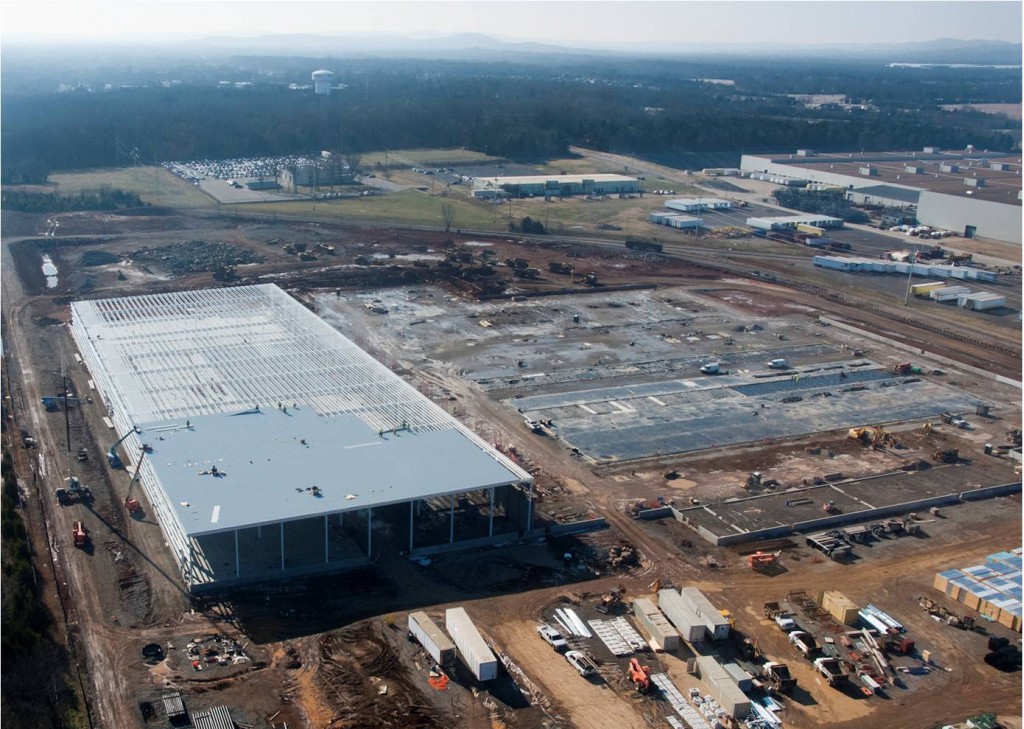As battery technology improves, the cost of producing battery packs drops, and the number of electric cars on the road increases, it’s pretty reasonable to expect the sticker price of electric cars to drop in the coming years.
But how much will they drop by, and how quickly?
How much, for example, will a Nissan Leaf (or its successor) cost to buy in 2017?
The target price, according to Nissan CEO Carlos Ghosn (via Plugin cars), is the same as that of a Volkswagen Golf today.
$18,000-$20,000
While the 2012 Golf R retails from $33,990 -- a few thousand dollars cheaper than the current 2012 Nissan Leaf -- Nissan’s target price is nearer to Volkswagen’s regular Golf models, which start at just under $18,000.
2011 Nissan Leaf
That gives us a target price of a 2017 Nissan electric hatchback somewhere around the $18,000-$20,000 mark, a good $15,000-$18,000 cheaper than today’s 2012 Nissan Leaf.
Nissan’s new factories will lower costs
At the moment, global Nissan Leaf production happens in just one factory in Oppama Japan.
Because of that, the cost to build and import Leafs into the U.S. -- not to mention the strength of the Japanese Yen against the U.S. Dollar -- keeps the cost of U.S. Leafs high.
Later this year however, domestic Leaf production at Nissan’s facility in Smyrna, Tennessee will lower the production costs of U.S. Leafs.
Nissan lithium-ion battery pack plant under construction, Smyrna, Tennessee, Jan 2011
In addition, Nissan’s new battery production facility in Tennessee will ensure that U.S. Leaf battery packs are also produced economically thanks to minimized part shipping costs.
The lower the cost to make, the lower the sticker price can be. And the lower the sticker price, the more likely people are to buy it.
Economies of scale
Often, the sales of new cars when charted on a graph look a little like a hockey stick, with initial low sales volume giving way to a larger, accelerated growth in sales after a few years.
In the past, Ghosn has told us that Nissan sees its own ‘hockey stick’ sales rise starting in 2016, when sales of its electric cars will hopefully hit a target of 50,000 units per year.
That is further validation of Nissan’s VW Golf-priced Leaf goal by 2017.
In fact, with three factories around the world making the Leaf in high volume, not to mention Nissan’s in-house battery manufacturing plants and the already faster-than-predicted drop in electric car battery costs, we think the possibility of an $18,000 to $20,000 Leaf in five years is certainly achievable.
There’s just one catch: Nissan has to sell more of its current Leaf before the economies of scale that help drive costs down come into play.
With consumers still put off by existing electric car prices, that could be harder than it looks.
+++++++++++













